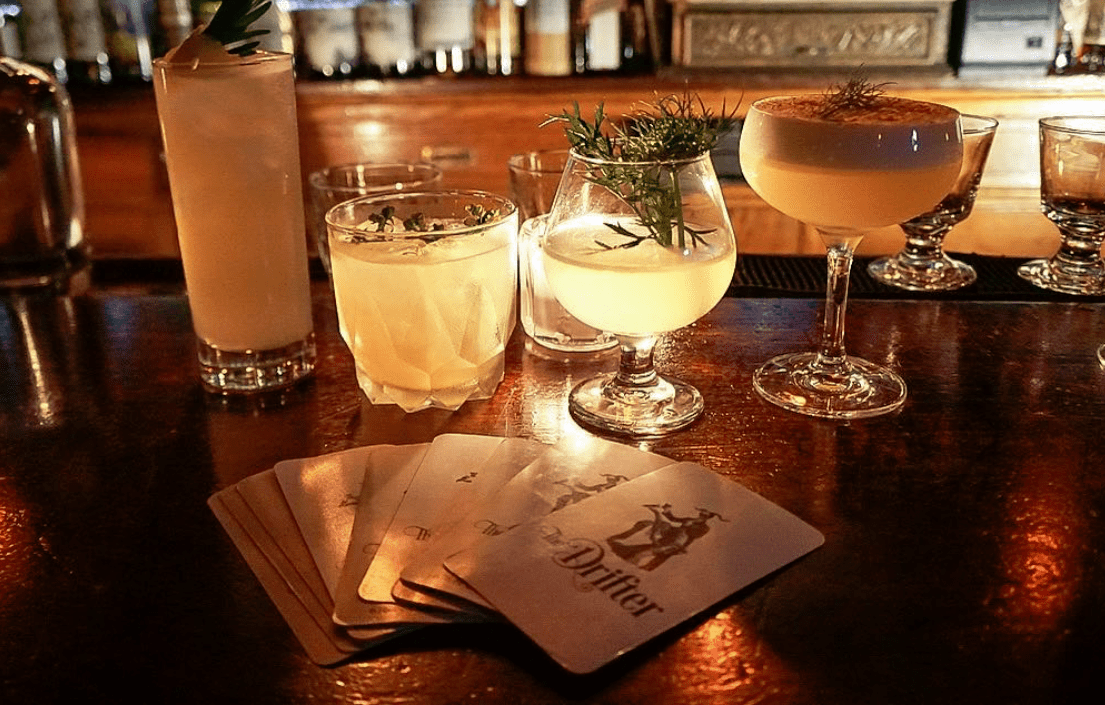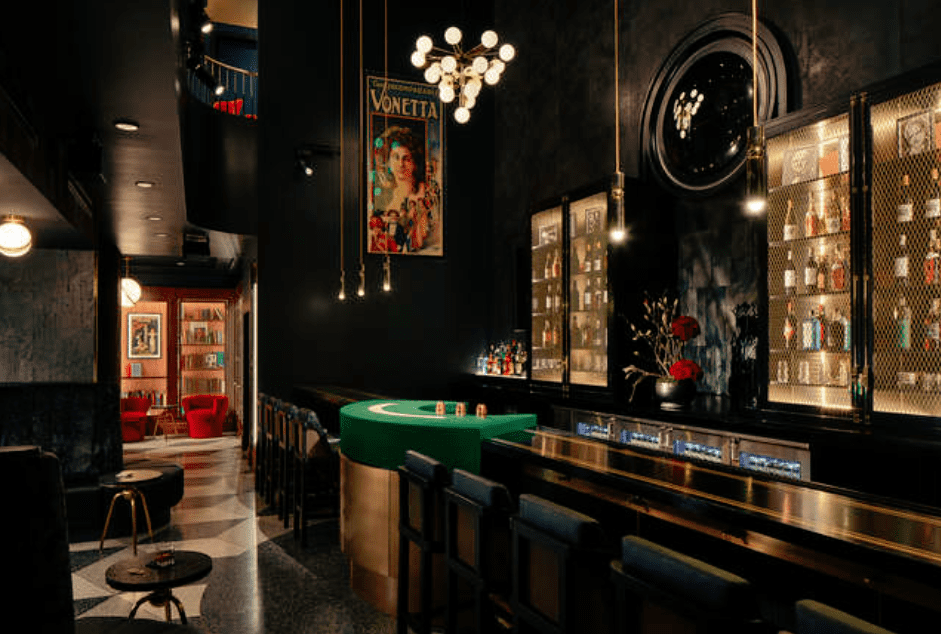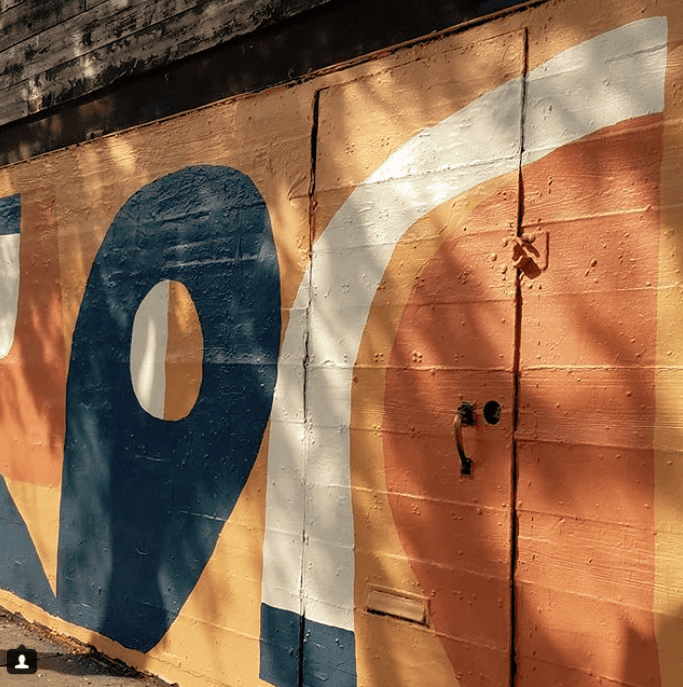Established by Byron Gambulos, Byron’s Liquor Warehouse stands as one of Oklahoma’s largest liquor outlets. This Oklahoma City landmark came into existence in 1959, soon after the state’s legalization of alcohol.
The infancy of the legal alcohol era in Oklahoma was marked by chaos and confusion. “The system was haphazard. Both wholesalers and retailers seemed to operate according to their own rules,” Gambulos explained.
In an era when many retailers attempted to inflate market prices to maximize profits, Gambulos held his ground against such practices. This didn’t sit well with some in the liquor industry, a few with alleged connections to the mafia, who viewed his stance as unwelcome competition.
Tensions escalated to the point where an unidentified individual hurled a homemade bomb into Byron’s Liquor Warehouse, causing damage to a small section of the establishment. Upon a second bombing shortly after, Gambulos decided to take measures to ensure his, his employees’, and his property’s safety.
In response, he erected a rectangular, fortified wooden structure with windows on all sides, essentially a watchtower, atop the business premises. Gambulos, along with a group of his friends that included off-duty police officers and dedicated employees, kept vigil from this tower during the night. They were armed with various weapons, from handguns to shotguns, with Gambulos himself wielding a World War II-era machine gun.
The presence of the watchtower proved effective in deterring further attacks. Threats towards Gambulos and his family gradually decreased, and one of his team members successfully prevented at least one bombing attempt.

Photo by Oklahoma Historical Society
However, after about a year, officials from Oklahoma’s Alcoholic Beverage Laws Enforcement Commission requested that Gambulos dismantle the tower. Subsequently, some of the individuals suspected to have been involved in the earlier bombings were reportedly apprehended by the police.






